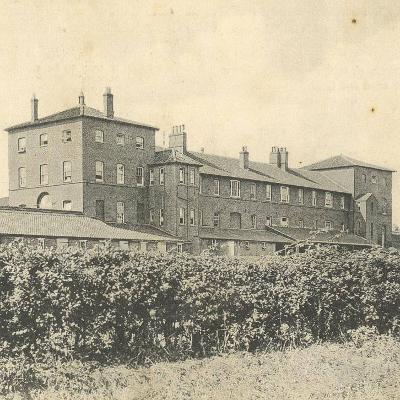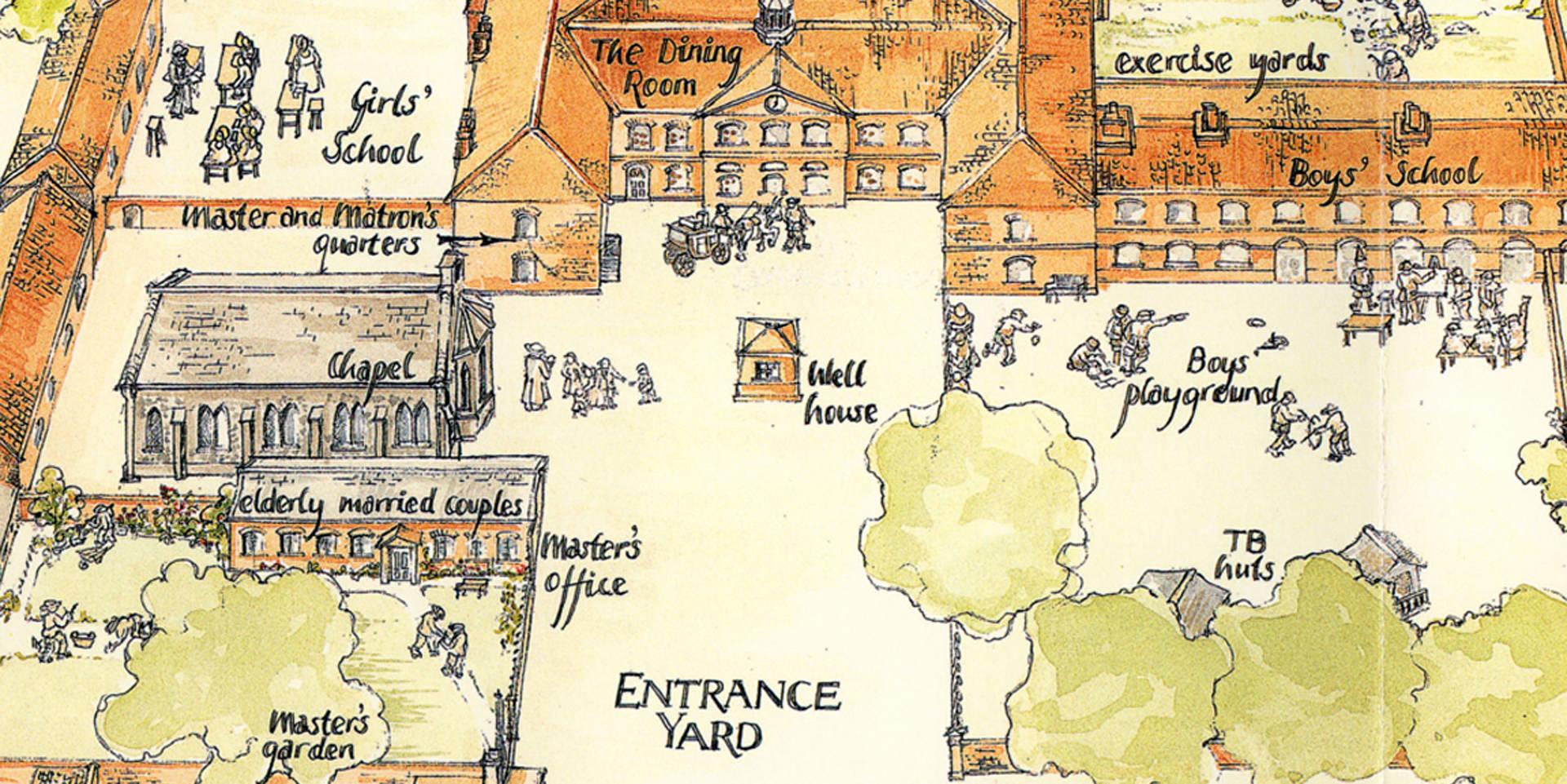Workhouse timeline

1250
William de Stuteville, Lord of the Manor of Gressenhale, constructs the Chapel of St Nicholas in the area known as Rougham in the parish
1550
The Chapel of St Nicholas is dissolved, the building becoming Chapel Farm
1774
A petition for an Act of Parliament to build a House of Industry presented
1775
Act of Parliament 15 George III C59 'for the better relief and Employment of the Poor within the Hundreds of Mitford and Launditch in the County of Norfolk'
7 July 1777
Mitford and Launditch Corporation House of Industry opened
1781
Post windmill built
1785
Burial ground consecrated
1825
Stock and implements sold off the farm and it becomes tenanted
1834
A sixth of the inmates die of cholera and scarlet fever
1834
Poor Law Amendment Act 4 William IV c76 'An Act for the amendment and better administration of the laws relating to the poor in England and Wales'
May 1836
Mitford and Launditch Poor Law Union formed
1836
Conversion of House of Industry to Union Workhouse begins
September 1836
Windmill and stock sold
1837
William Rush, age 13, takes charge of school during schoolmaster's illness and later becomes the first Pupil Teacher
1846
Old brew house demolished and new wash room and laundry built in able bodied women's yard
1847
Poor Law Commission replaced by Poor Law Board
1851
Mill Piece (now Centenary Wood) becomes the industrial farm for training the boys and girls in farming
1853
Accommodation for 'respectable elderly married couple' built, becomes Cherry Tree Cottage
1854
Practice of oakum picking for able bodied introduced
1866
Practice of making unmarried mothers wears a 'distinctive dress', 'Jacket Women', ceases
1868
Chapel built (designed by R M Pinson and opened by the Bishop of Norwich)
1871
East wing converted into the infirmary and the fever and isolation ward is built
1884
Children sent to Gressenhall Parish School
1887
Workhouse school reopened and children return from the parish school
1899
Workhouse school finally closed - boys are sent to Gressenhall School and the girls to Beetley School
1901
Installation of boilers for heating and steam powered laundry
1913
Telephone installed at workhouse
1914
Hollies, Theatre Street, Dereham becomes the Children's Home
1917
50 German prisoners of war are accommodated in the east wing
1919
German POWs repatriated to Germany
1919
Register General refuses to write workhouse on birth or death certificate and Gressenhall becomes 'Beech House' or 'Beech Hill'
1925
Oakum picking ceases as a task for able bodied inmates
1928
15 Norwich Road becomes Children's Home, later called Garfield House
1930
Taken over by County Council, becoming Gressenhall Poor Assistance Institution
1932
Electricity supplied to workhouse
October 1946
Gressenhall Poor Assistance Institution becomes Beech House, Gressenhall
1948
National Assistance Act finally closes workhouses and Gressenhall becomes Beech House, a county home for the elderly
June 1974
Half the residents move to Glaven Hale, Holt
January 1975
Remaining residents move to Huntingfields, Costessey
February 1975
Beech House closes and the building is taken over by Norfolk Museums Service, becoming the Norfolk Rural life Museum
1975
Friends of Gressenhall formed





